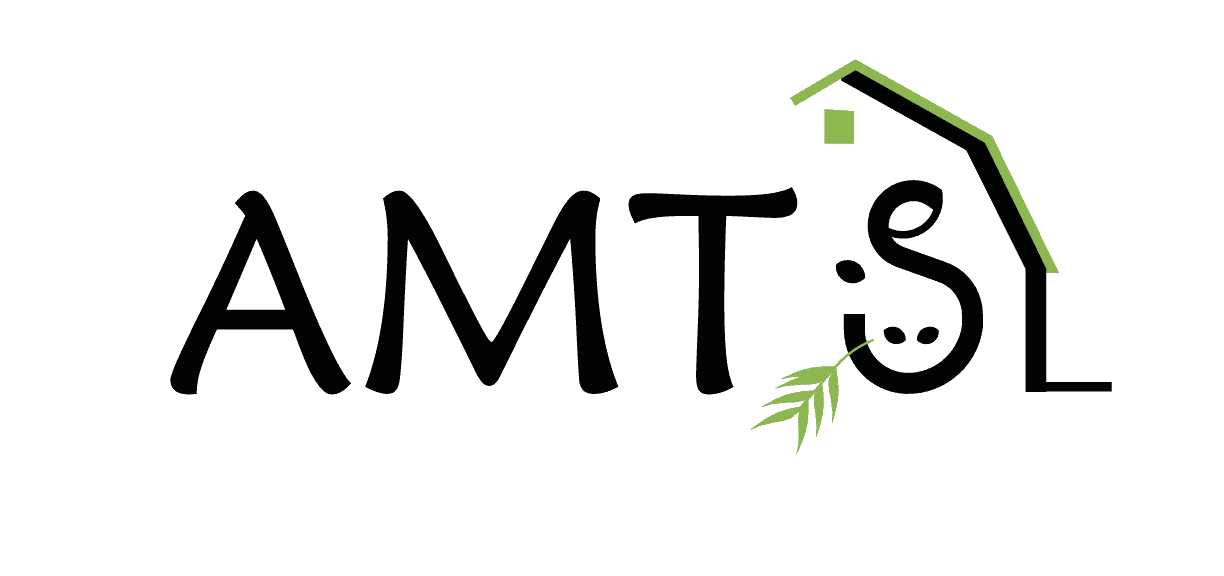By Sam Fessenden, AMTS

Occasionally we receive questions regarding how the dietary anion-cation difference (DCAD) is calculated within the program. Users will see DCAD outputs displayed on the Min/Vit tab and the Ration Output tab.

The calculations are fairly simple, and are shown below:
Equations:
DCAD1: (Na⁺ + K⁺ ) – (Cl⁻ + S⁻²) (Ender et al., 1971)
DCAD2: (Na⁺ + K⁺ + 0.15 Ca⁺² + 0.15 Mg⁺²) – (Cl⁻ + 0.6 S⁻² + 0.5 P⁻³) (Goff et al., 1997)
Both equations use units milliequivalents per kg of feed (meq/kg). In practice, many recommendations are given in meq/100g of feed. In the current version of the program, the user should perform a quick mental conversion (divide by 10) if they prefer to interpret the result in meq/100g.
For example: a ration that displays -125 meg/kg in the program corresponds to -12.5 meq/100g.
The 2001 Dairy NRC adopted the DCAD2 equation to be more sensitive to the acidifying or alkalinizing potential of the major dietary cations and anions, including Ca, Mg, and P. When formulating a ration with DCAD in mind, it can also be useful to see how each feed ingredient contributes to the major minerals used in the equation.
In dry cows for example, you may be targeting a low potassium diet. If you click on the question mark next to the K (%DM) label, you can see the relative contributions of each feed:


In the example above, we have included the same amount (DM) of Mix Hay and Wheat Straw. By clicking the question mark, we can quickly see that we may want to consider swapping the Hay for Straw if we want to reduce K intake.
For more information on dry cow feeding recommendations, including formulation for low K rations, DCAD in the transition period, and implementation of a negative DCAD feeding program, please take some time to check out Dr. Tom Overton’s installment in the 2016 Nutritionist webinar series hosted by AMTS:
Overall, the DCAD equations and the details provided by clicking the question mark can help users quickly and effectively understand the contributions of feed ingredients to the major cations and anions in the formulated diet.
